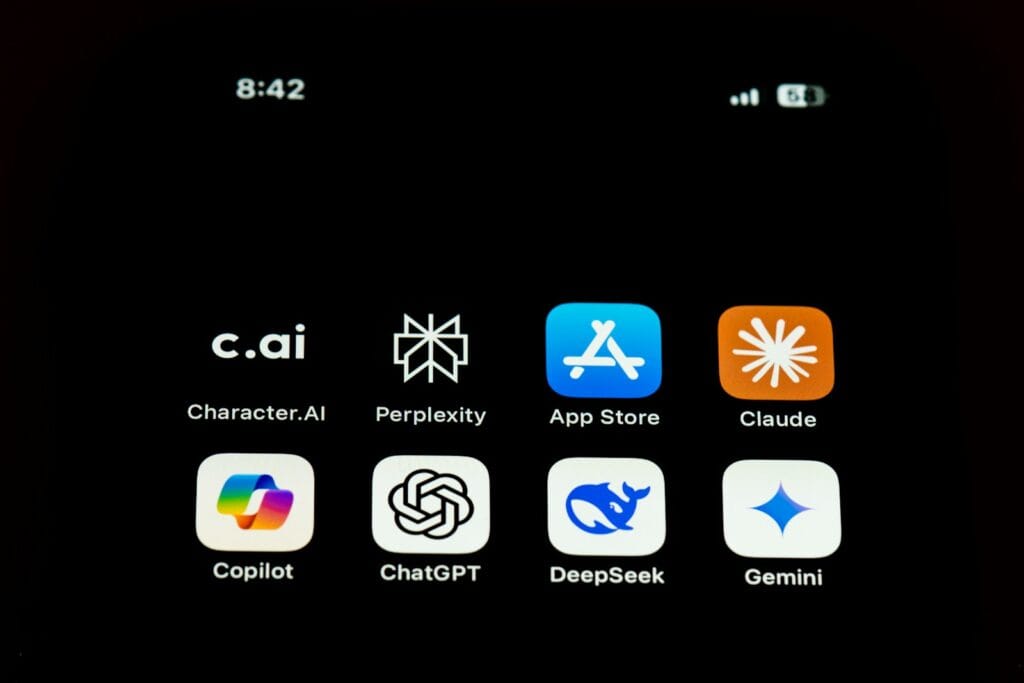Breaking News



Popular News






Enter your email address below and subscribe to our newsletter
Deepseek AI International

Every conversation starts with a single line — a prompt.
But what happens after you hit “send”?
Inside DeepSeek’s LLM, that short sentence triggers a complex, lightning-fast chain of reasoning:
data retrieval, semantic parsing, world modeling, and finally, a perfectly contextualized response.
To the user, it feels like instant intelligence.
Behind the scenes, it’s a carefully orchestrated symphony of computation, memory, and meaning.
In this article, we’ll take you behind the curtain — step by step — to follow the journey of a prompt inside the DeepSeek LLM.
Every journey begins with language — human language.
But DeepSeek’s models don’t “read” words the way we do.
When you type:
“Explain quantum entanglement in simple terms.”
DeepSeek’s Input Tokenizer transforms each word (and sub-word) into numerical tokens — a compact representation of meaning.
| Text | Tokens | Meaning Snapshot |
|---|---|---|
| “Explain” | 421 | Instructional intent |
| “quantum” | 8052 | Domain-specific (physics) |
| “entanglement” | 10591 | Concept node: correlation between particles |
| “simple” | 245 | Constraint: accessibility |
| “terms” | 188 | Output style |
🧩 Each token becomes a coordinate in semantic space — a multidimensional map where similar ideas cluster together.
At this stage, your prompt has already become mathematical meaning.
Next, DeepSeek’s Semantic Context Engine takes over.
It doesn’t just look at the words — it infers intent.
It determines:
DeepSeek uses contextual embeddings to locate your prompt in conceptual space — connecting it to prior data, internal logic, and learned patterns.
Example:
“Explain quantum entanglement in simple terms.”
→ Identified as: Scientific simplification task, conceptual teaching mode, non-technical vocabulary bias.
This is the foundation for how DeepSeek adapts to your intent.
Now the model needs facts — accurate, contextual, and relevant.
DeepSeek’s Hybrid Knowledge Layer retrieves information from two sources:
The system combines both, ranking information by:
Example:
Concept node: Quantum Entanglement
→ Relevant data clusters: Bell’s Theorem, Superposition, Photon Experiments, EPR Paradox.
DeepSeek doesn’t fetch a pre-written answer — it reconstructs knowledge in real time using pattern reasoning.
Once relevant data is gathered, DeepSeek’s Logic Core begins the reasoning phase.
This is where DeepSeek truly stands apart.
Instead of retrieving a static paragraph, it builds a dynamic reasoning chain:
Example:
Premise: Quantum entanglement links particles at a distance.
Causal link: Measuring one instantly affects the other.
Goal: Simplify explanation.
Synthesized concept: “Invisible connection that shares state between particles.”
This structured thought process allows DeepSeek to explain complex concepts as if it understands them — because, computationally, it does.
Now comes the expressive stage — Language Generation.
DeepSeek’s Neural Composer converts reasoning into natural, coherent, and emotionally aware text.
This happens one token at a time — millions of predictions per second.
Each token selection considers:
Output Example:
“Quantum entanglement is like having two dice that always show the same number — even when they’re on opposite sides of the universe. Measuring one instantly tells you the result of the other.”
✅ Accurate
✅ Accessible
✅ Aligned with the original intent
This is how DeepSeek transforms raw knowledge into human conversation.
Before final output, DeepSeek runs a self-consistency pass — an internal validation system unique to its architecture.
It checks:
If inconsistencies are detected, the Adaptive Revision Loop regenerates only the flawed sections — not the entire answer — optimizing speed and precision.
This ensures DeepSeek’s responses aren’t just fluent, but trustworthy.
Every prompt DeepSeek receives isn’t just an isolated event — it’s part of a growing understanding of your communication style and preferences.
The Adaptive Memory Layer captures patterns like:
Over time, this builds a personalized interaction profile, allowing DeepSeek to evolve from a tool into a thinking companion.
“The more you talk to DeepSeek, the more fluent it becomes in you.”
1️⃣ Input: User prompt
2️⃣ Tokenization: Text → numerical meaning
3️⃣ Contextualization: Identify intent and domain
4️⃣ Retrieval: Access internal + external knowledge
5️⃣ Reasoning: Construct logical relationships
6️⃣ Generation: Compose coherent output
7️⃣ Validation: Self-consistency and accuracy check
8️⃣ Adaptation: Learn and personalize
Each stage happens in milliseconds — yet represents a complete loop of comprehension.
That’s what makes DeepSeek LLM more than a chatbot — it’s a thinking architecture.
| Capability | DeepSeek LLM | Typical LLM (GPT / Claude / Gemini) |
|---|---|---|
| Structured Reasoning | ✅ Symbolic + neural logic layer | ⚠️ Statistical only |
| Self-Verification Loop | ✅ Built-in consistency check | ❌ Absent |
| Modular Architecture | ✅ VL + Logic + Math integration | ⚠️ Monolithic |
| Explainable Process | ✅ Transparent token-to-reason mapping | ❌ Black-box reasoning |
| Memory Personalization | ✅ Adaptive, per-user | ⚠️ Session-limited |
| Multimodal Context | ✅ Image + text + data fusion | ⚠️ Partial |
DeepSeek LLM isn’t just trained to generate language — it’s engineered to think, reason, and remember.
The next generation of DeepSeek models — V4 and R2 — will extend this architecture even further:
In other words: the next step isn’t bigger models — it’s smarter, explainable ones.
Every DeepSeek conversation is a journey — from data to dialogue, from input to intelligence.
Your words become vectors, meaning, logic, and finally — conversation.
In milliseconds, DeepSeek moves through layers of cognition that mirror human reasoning — understanding your intent, retrieving knowledge, constructing logic, and responding with empathy and precision.
That’s not just artificial intelligence.
That’s computational understanding.
Welcome to the next generation of LLMs —
where prompts don’t just trigger answers.
They start conversations with intelligence.